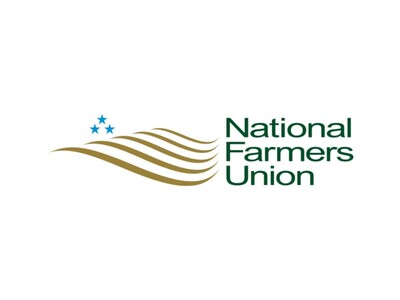H2A Considerations for Farm Operators

Tim Hammerich
News Reporter
With a lack of a reliable farm workforce, many American operations have turned to H-2A employees to fill the needs of their businesses. However, not all employers are equipped to host these individuals. CEO of másLabor Edward Silva says the two main requirements are seasonality and housing.
Silva... "The number one certainly is that you can prove, you know, in either contracts or in sort of just the management of your business. Maybe it's with whether you can truly prove the seasonality. So for example, most of ag falls under this just well, uh, dairies, for example, you know, they have a hard time using the program, uh, because it's really hard to, to show seasonality if you're milking, you know, uh, dairy cows year round. Mushroom farms are another one, you know, ah, that's tough. You're kind of growing those things year-round and controlled environments. But nurseries, vineyards, apple operations, you know, all that, as you said, in agriculture is pretty easy to show seasonality."
Silva said housing tends to be the biggest challenge for operators.
Silva... "For H2A, the employer is on the hook for supplying housing that has to meet state requirements. And the inspection is pretty thorough. That ends up being the biggest bottleneck for employers who want to navigate this is, you know, you've got to have readily available housing. And in rural areas throughout the United States, that becomes harder and harder to find. There's a whole host of other additional regulations and investment the client has to take on to leverage and utilize these workers. That gets increasingly complicated, which is where we come in and help clients navigate this."
másLabor provides labor certifications for over 70,000 foreign workers per year.












